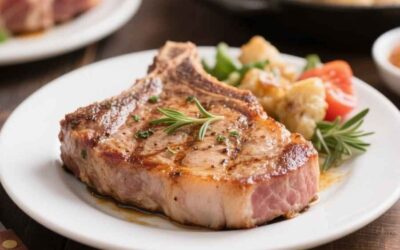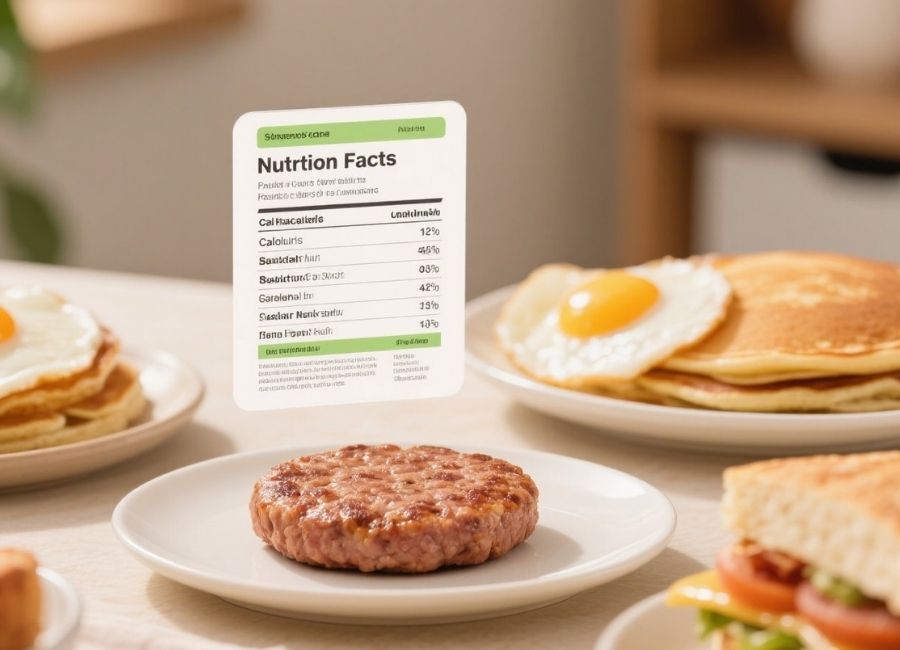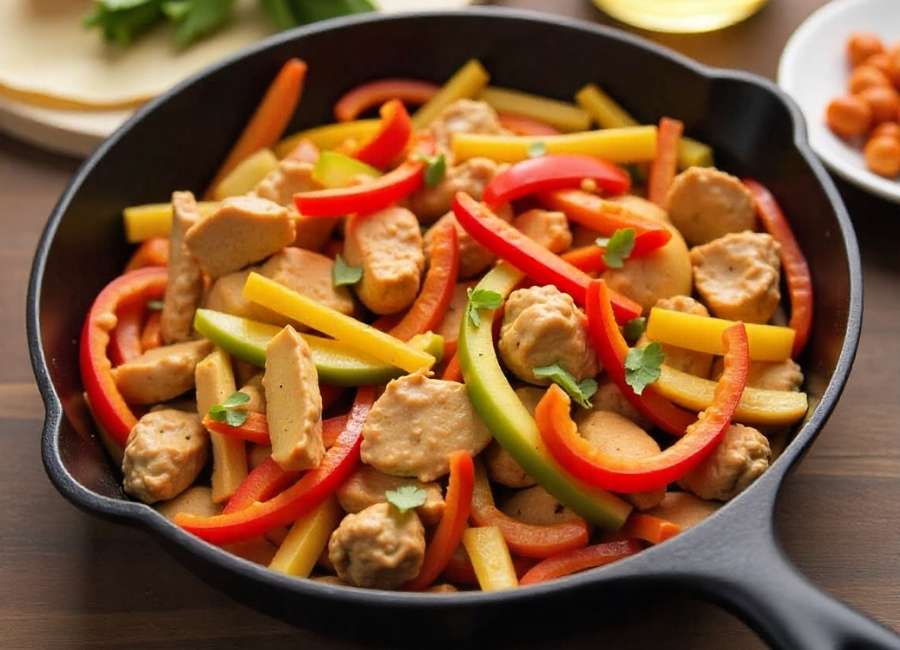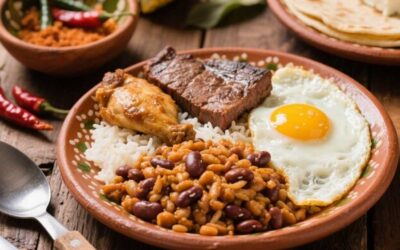Pork chops are a popular choice for weeknight dinners because they cook quickly and can be used in many recipes. The National Pork Board even says they’re the most popular pork cut. (Pork’s Most Popular Cuts, 2013) But are they healthy?
The nutrition in a pork chop depends on the cut and, most importantly, how you cook it. Pork chops are a great source of lean protein and important minerals, but they are considered red meat, which has its own health factors to think about.
This guide explains the nutrition benefits of pork chops, possible drawbacks, and the healthiest ways to cook them.
The Nutritional Makeup of Pork Chops
Regardless of how you prepare them, pork chops are an excellent source of several key nutrients. They are particularly rich in selenium, a mineral that plays a vital role in your immune system and has antioxidant properties. Pork chops also provide high levels of zinc and are a good source of iron, potassium, and magnesium.
However, the cooking method significantly impacts the calorie, fat, and sodium content. For example, a breaded and fried pork chop will naturally be higher in these categories compared to one that is broiled or baked. While a fried option can still fit into a balanced diet, it’s important to be mindful of the extra calories and sodium.
Let’s compare an 8-ounce (227g) broiled pork chop to a breaded and fried one:
| Nutrient | Broiled/Baked Pork Chop | Breaded/Fried Pork Chop |
|---|---|---|
| Calories | 276 | 424 |
| Protein | 36 grams | 33 grams |
| Fat | 14 grams | 22 grams |
| Carbs | 0 grams | 23 grams |
| Sodium | 29% of the DV | 33% of the DV |
| Selenium | 113% of the DV | 107% of the DV |
| Zinc | 23% of the DV | 23% of the DV |
| Iron | 4% of the DV | 13% of the DV |
As you can see, frying adds calories, fat, and carbohydrates from the breading. Both cooking methods deliver an impressive amount of protein and essential minerals.
Health Benefits of Eating Pork Chops
Adding pork chops to your meals can have benefits, mainly because they are high in protein and nutrients.
A Complete Source of High-Quality Protein
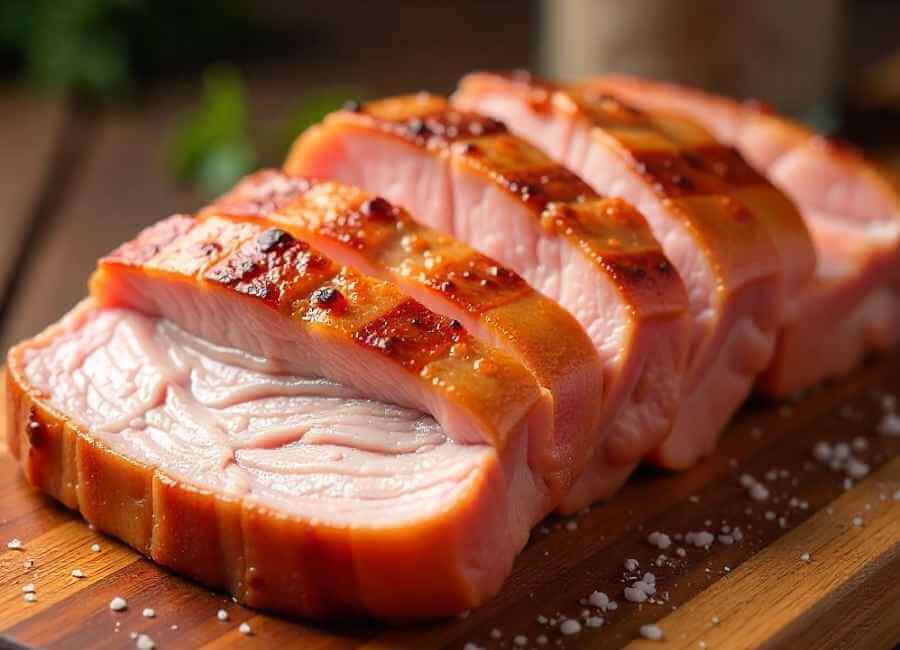
Protein is built from amino acids, and some of these, known as essential amino acids, must be obtained through our diet. Pork chops contain all nine essential amino acids, making them a “complete” protein source. (Pork Chops Nutrition, n.d.) An 8-ounce pork chop delivers more than a third of your daily protein needs. (Pork Chop Nutrition, n.d.)
Protein helps you feel full and satisfied longer after eating. This can help you manage your appetite and energy during the day.
Supports Weight Management
Since protein is filling, high-protein diets are often linked to weight loss. Studies show that including pork in a weight loss plan can help people lose weight and body fat. (An et al., 2021) This may be because pork helps you feel full, increases energy use, and keeps blood sugar steady.
Delivers Key Nutrients
Besides protein, pork chops also give you other important nutrients:
- Selenium: Adequate selenium levels are associated with a lower risk of certain cancers, heart disease, and age-related cognitive decline. (Pork Chop Nutrition Facts, 2023)
- Zinc: Pork is one of the richest food sources of zinc, a mineral crucial for a strong immune system and healthy skin. (Foods high in zinc, n.d.)
- Iron: Pork contains heme iron, which is found in animal foods and is more easily absorbed by the body than the iron in plants. (Dietary Heme Iron: A Review of Efficacy, Safety and Tolerability, 2023) Iron is essential for transporting oxygen in the body and supporting cellular function.
The Downsides of Pork Chops
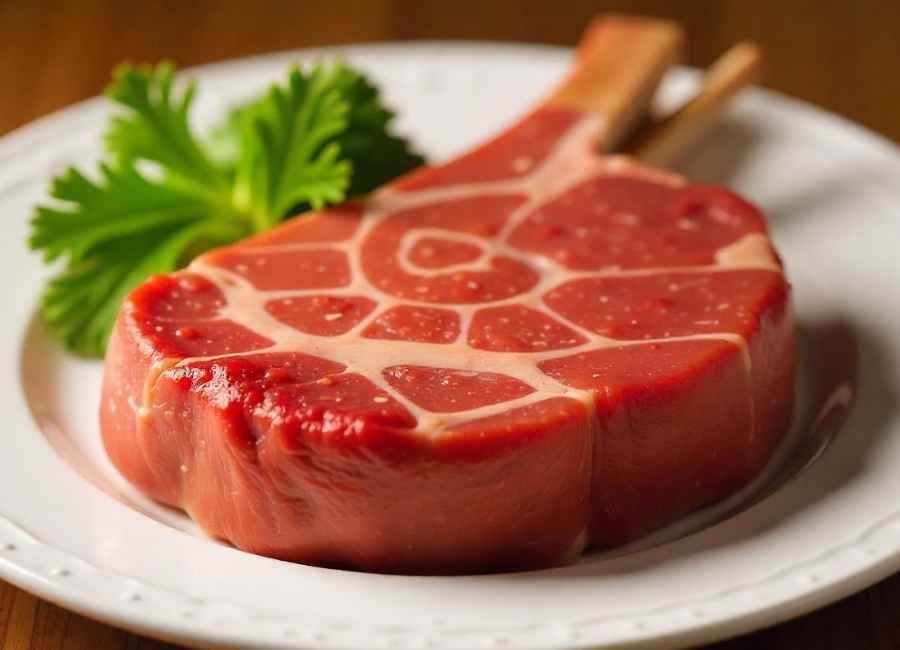
The main consideration with pork is its The main thing to remember about pork is that it is considered red meat. You may recall the slogan, “the other white meat,” but in terms of nutrition, pork is red meat. miting red meat consumption. A large 2020 study found that for every two additional servings of unprocessed red meat per week, the risk of cardiovascular disease increased by 6%, and the risk of death from any cause rose by 3%. (Zhong et al., 2020) This link appeared to strengthen with age.
Pork chops can fit into a healthy diet, but it’s smart to watch how often you eat them and to include other proteins like chicken, fish, and beans.
Healthy Ways to Cook Pork Chops
Pork chops are incredibly versatile. You can grill, bake, or sauté pork chops in many ways, like grilling, baking, sautéing, or smoking. The main thing is to choose methods that don’t add too much fat or sodium.le and healthy method. Preheat your oven to 350°F (176°C) and cook until the pork reaches a safe internal temperature.
- Grilling: Grilling adds a smoky flavor to pork chops and doesn’t need much added fat. Usually, it takes about 4 to 6 minutes per side on a hot grill.
- Sautéing or Stir-Frying: For a fast meal, slice the pork chop into thin strips. Cooking over high heat cooks the pork quickly and keeps it from drying out.
- Broiling: Placing the pork chop directly under the broiler creates a crispy crust without needing to deep-fry.
Cooking Tips for Perfect Pork Chops
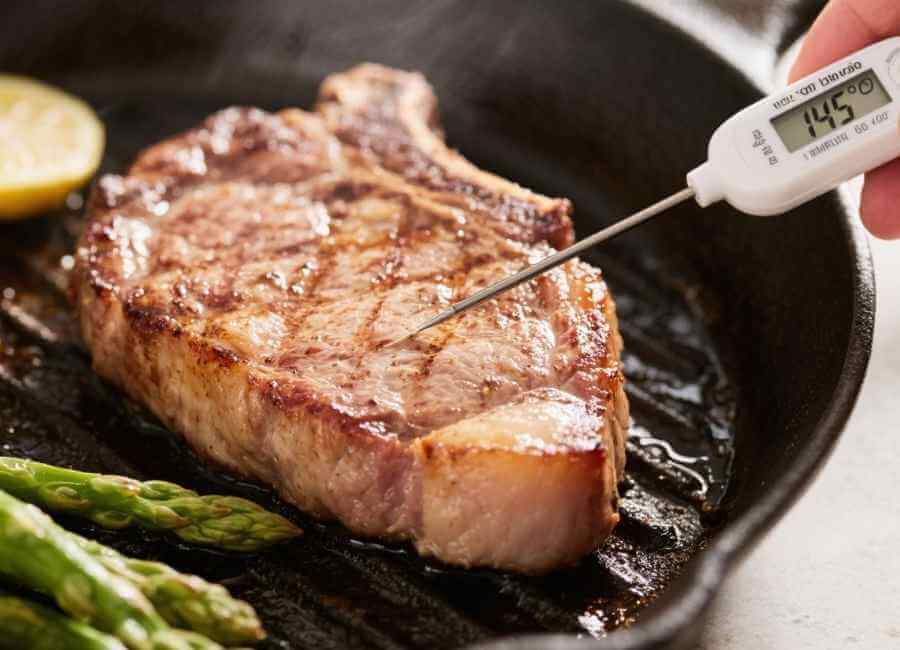
The key to a tender, juicy, and safe pork chop is cooking it to the right internal temperature.
- Use a meat thermometer to check that the thickest part of the chop is at least 145°F (63°C) for medium-rare.
- After cooking, let the pork rest for at least three minutes. This helps the juices spread out, making the meat more flavorful and tender.
- If you prefer your pork more well-done, cook it to 150–155°F (66–68°C) for medium or 160°F (71°C) for well-done.
Cooking pork to a safe temperature is essential to prevent foodborne illnesses, such as Trichinellosis or Hepatitis E, which can occur if you eat raw or undercooked pork. (How to Prevent Trichinellosis, 2024)
A Balanced Perspective
Pork chops can be a healthy and tasty part of your diet. They provide high-quality protein and important minerals like selenium, zinc, and iron, which support your health and may help with weight management.
But since pork is red meat, it’s best to eat it in moderation. When cooking pork chops, opt for healthier methods like grilling, baking, or broiling to minimise fat and sodium. Always cook pork to a minimum internal temperature of 145°F (63°C) to ensure it is safe.










